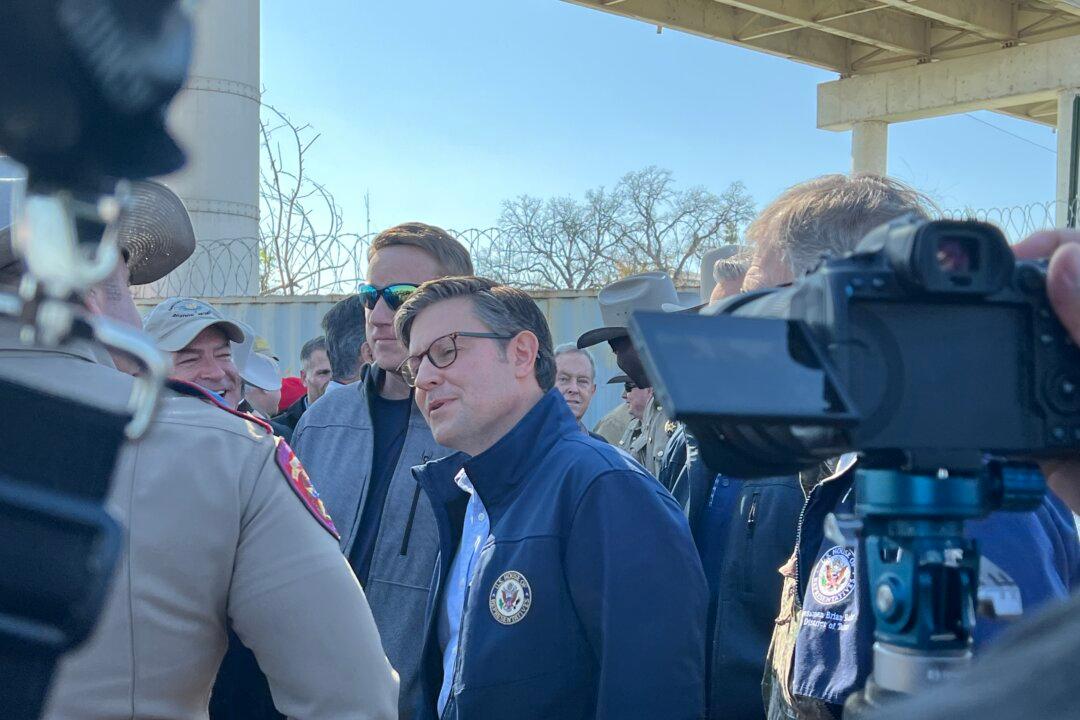NEW YORK—Tough as things seem right now, they were way worse in the Depression days. Seth Pinsky, president of the New York City Economic Development Corporation, reminded the audience of this at a forum at UBS on Wed., March 18.
“New York has been here before, but each time the city has come out in better shape,” he said.
During the Depression, 90 percent of the value was lost in the stock market, 40 percent of banks closed up, and the unemployment rate was at 25 percent. But it’s worth keeping in mind that city icons such as the Empire State Building, the Rockefeller Center, and the Franklin Delano Roosevelt Bridge were also built during this time.
“Wall Street will always be a boom-and-bust business,” Pinsky said. In a time of rising unemployment, declining wages, and evaporating funding, plans for large-scale projects are moving forward. Highlights include Willets Point, Hunter’s Point South, and Hudson Yards.




